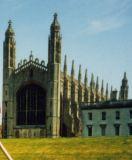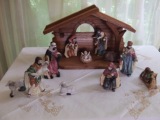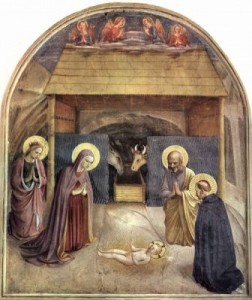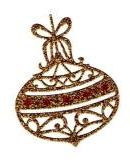CHRISTMAS IN CAMBRIDGE
For the festive season here is a special – a segment of ‘Carols from King’s’ in 2010 at King’s College Chapel, Cambridge, a chapel which was close to Richard’s heart. Beautiful singing in a beautiful setting.
King’s College Chapel, Cambridge (photograph: Dorothea Preis)
On a visit to the King’s College Chapel in Cambridge more than 20 years ago, I bought a postcard showing “The Kings who built the Chapel”. In spite of Henry VIII being depicted as the crowning glory, it was the inclusion of Richard III which made me buy the card.
King’s College was founded by Henry VI in 1441. After Edward IV came to power very little was done to continue and it “suffered severely from [his] hostility”.[Ross, p.135] This changed dramatically, when Richard became King. He gave instructions that “the building should go on with all possible despatch”. The result was that by the end of his short reign part of the chapel was in use.[‘History of the Chapel’]
His strong support for the construction of King’s College Chapel was part of Richard’s close and long lasting attachment to the University of Cambridge. While his connection to Oxford seems to have been cordial enough, his attachment to Cambridge was much closer. He and his queen Anne Neville had an especially close relationship to Queens’ College, to which they made their first endowment in 1477.
Queens’ was originally founded by Margaret of Anjou and further supported by Elizabeth Woodville, who came to be regarded as a co-founder, which explains the name. During Richard’s reign, when he made further grants to the College, Queen Anne was also considered a founder, but that was “conveniently forgotten when political circumstances changed in 1485.”[Ross, p.135] However, Richard is not entirely forgotten: the badge of the college includes till this day a silver boar’s head. [‘The College Badge’, Queens’]
When recruiting, Richard displayed a marked preference for Cambridge rather than Oxford graduates.[Ross, pp.132-134]
The special attachment Richard felt to Cambridge was reciprocated by the university and they regarded “King Richard and Queen Anne as liberal benefactors”, who “deserved the annual mass which the university formally established in their honour on the morrow of their state visit in 1484”.[Ross, p.136}
Enjoy the beautiful music. And may your holidays be happy and peaceful!
Sources:
‘History of the Chapel’, King’s College Cambridge. URL: http://www.kings.cam.ac.uk/chapel/history.html Date accessed: 27 July 2010 – This also includes a sketch showing the different construction phases.
‘The Heraldic Arms’, Queens’ College Cambridge. URL: http://www.queens.cam.ac.uk/general-information/historical-fun/queens-college/the-heraldic-arms Date accessed: 1 August 2010
‘The colleges and halls: King’s’, A History of the County of Cambridge and the Isle of Ely: Volume 3: The City and University of Cambridge (1959), pp. 376-408. URL: http://www.british-history.ac.uk/report.aspx?compid=66649 Date accessed: 11 March 2010
Charles Ross, Richard III. Methuen, London, 1988







